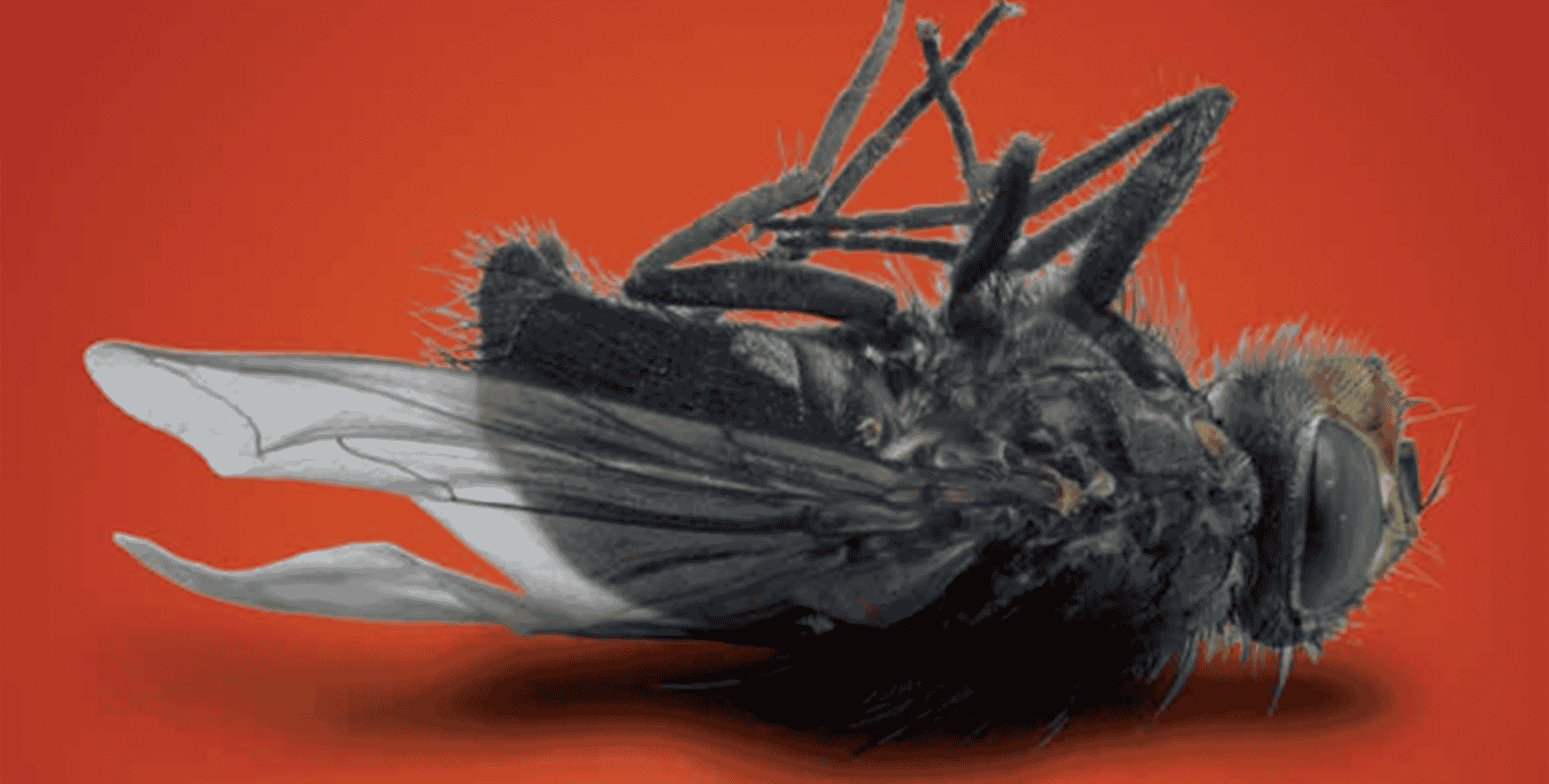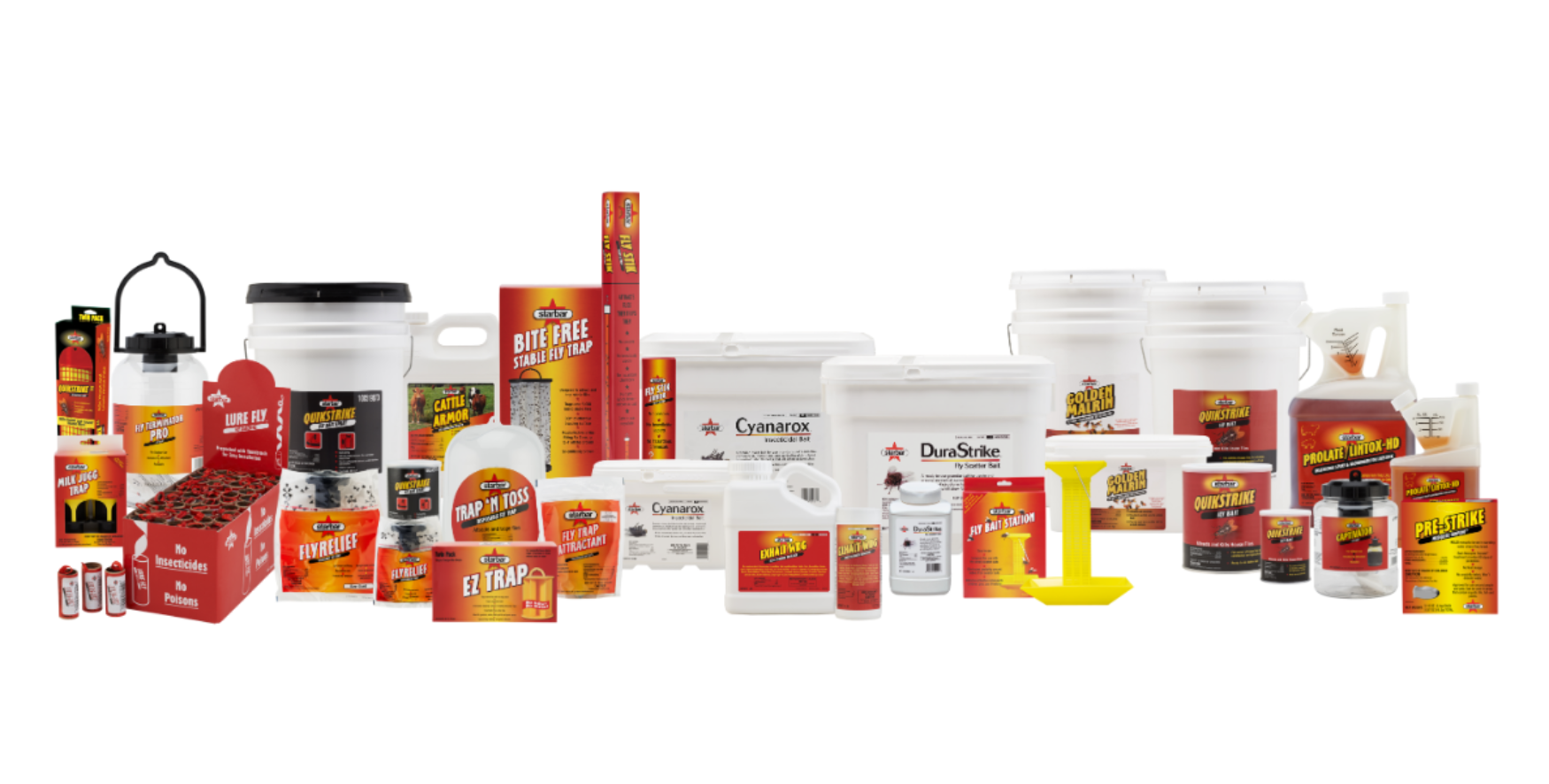Breaking Down the Benefits of Bait Rotation

Flies pose a multifaceted challenge to cattle operations, manifesting as nuisances, biters, and disease transmitters—resulting in significant declines in milk production and weight gains. Many operators initially employ fly baits to manage these pests, witnessing success in the early stages. However, with frequent use, they observe a resurgence in fly populations due to the emergence of insecticidal resistance. This resistance strengthens across generations as resistant flies pass on their genes, leading to an increased proportion of resistant individuals in the population.
The key strategy to counteract fly bait resistance is rotation. By consistently introducing baits with diverse attractants, active ingredients, and modes of action, efficacy is preserved, resulting in a reduction of fly populations.
We recommend rotating fly bait products with different active ingredients and modes of actions within the same active fly season, not on a year-to-year basis. For example, use QuikStrike® Fly Bait for the first three months of fly season, then change to Golden Malrin® Fly Bait for one month. Following that month, return back to using QuikStrike® Fly Bait for the remainder of the season.
Here are four reasons why you need to start a fly bait rotation program on your cattle operation:
- The benefits outweigh the work of starting a program
Implementing changes within an operation can appear daunting, particularly with a sizable staff. The commencement of a new product and application method may seem more labor-intensive than its perceived value. However, managing fly bait resistance does not have to be intricate or time-consuming. When engaging in the rotation of multiple fly baits, maintaining similar product application methods does not compromise effectiveness. For example, rotating between QuikStrike® Fly Bait and Golden Malrin® Fly Bait does not change the protocol as they are both applied in the same manner. The simplicity of starting a rotation program lies in the product change rather than an overhaul of the existing process. - You want more fly control
While products that have served you well for years may still exhibit efficacy, it's essential to recognize that past success doesn't ensure future effectiveness. Resistance management should be implemented while the current products are still effective. Introducing an alternative product for a brief period during the season can significantly contribute to combatting fly bait resistance. - Preventing diseases is important to you
Flies extend beyond being mere nuisances; they pose a substantial threat to animal health, employee comfort, and the overall financial well-being of an operation. These pests are vectors for diseases such as pinkeye and mastitis, inducing stress in cattle. This stress can have ripple effects, influencing milk production, altering output, and impacting profitability. It is imperative for fly control products to remain effective in order to safeguard cattle from the detrimental effects of flies and prevent the spread of diseases. - There is no silver bullet to fly control, so you’ve got to use what works
A magic “silver bullet” solution to flies would make every producer’s life easier, but it doesn’t exist. In order to have control of flies on a cattle operation, a dedicated integrated pest management (IPM) program is required.
Implementing a rotation of baits is crucial for effectively reducing fly populations in and around your operation. Formulating a well-thought-out fly bait rotation plan can be instrumental in combating flies and averting the development of fly bait resistance.



